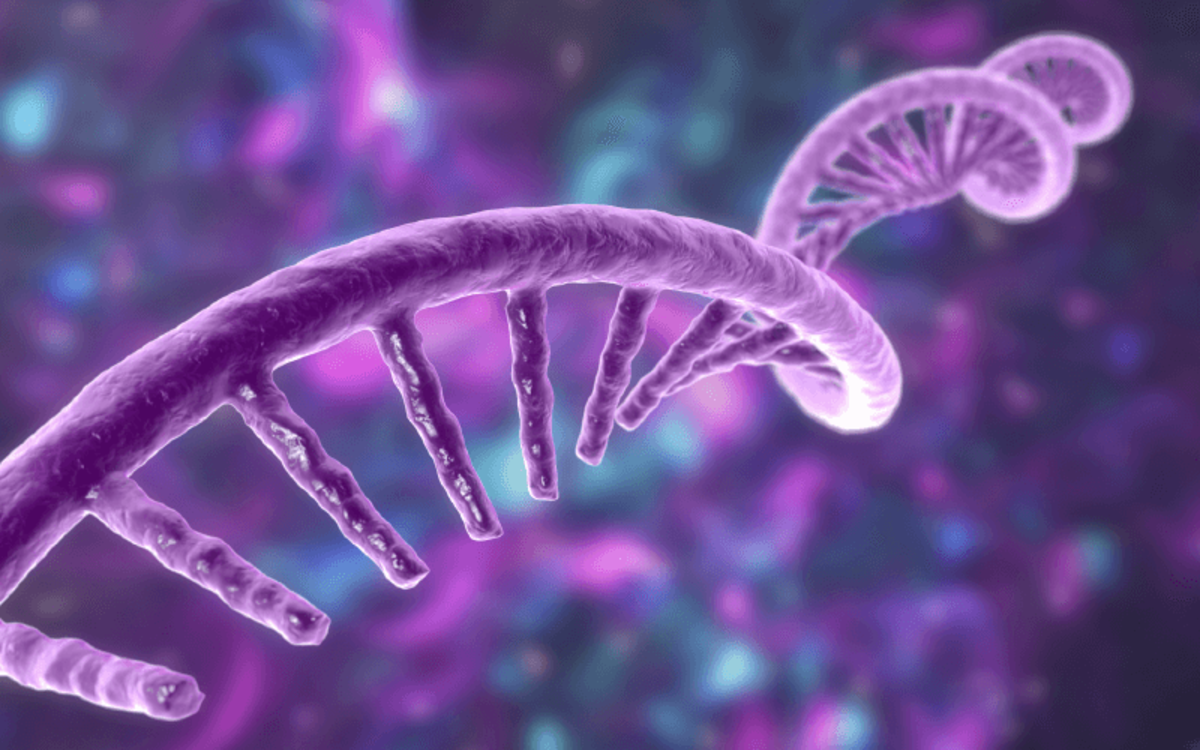RIBOTACs - Converting Functional Yet Silent Binders into Potent RNA Degraders
Introduction: The Many “Howevers” of Targeting RNA
The ability to precisely target specific RNAs using complementary oligonucleotides that bind to and recruit a ribonuclease to cleave a target (Frazier, 2015) may support a better understanding of physiological and disease-associated mechanisms. RNA targeting generally focuses on unstructured regions of the RNA molecule (Lenartowicz et al.); however, this requirement clashes with the highly structured nature of RNA, which dictates biological function (Mandal and Breaker and Winkler, Nahvi, and Breaker). As an alternative strategy, small-molecule drugs can functionally interact with pockets within the folds of the RNA molecule (Rizvi et al.); however, a range of studies have provided evidence for the general insufficiency of small-molecule drug binding when it comes to eliciting biological effects (Costales et al.). One potential means of overcoming these so-called “silent” interactions (and the plethora of “howevers”) may be to afford small-molecule drugs the ability to cleave specific targets by generating ribonuclease-targeting chimeras or RIBOTACs (Costales et al.).

RIBOTACs: The Answer to Targeting RNA
Targeted protein degradation through proteolysis-targeting chimera (PROTAC) technology recently emerged as a therapeutically relevant approach to understanding disease-associated mechanisms in conditions such as cancer. The RNA-centered “version” of this exciting technology – RIBOTAC – comprises an RNA-binder (such as a small-molecule drug) conjugated to another small molecule that recruits and locally activates RNase L1 (Han et al.) to induce the enzymatic cleavage of a target RNA.
In their recent study, researchers headed by Frank Glorius, Herbert Waldmann, and Matthew D. Disney sought to convert biologically inactive (“silent”) RNA-binding small-molecule drugs into potent, specific effectors by affixing an RNA molecular recognition element to a second compound that binds and activates a ribonuclease to cleave a required RNA target. In their fascinating Nature paper, the team aimed first to define binding interactions between small-molecule drugs and RNA folds, then convert highly selective yet biologically silent small molecule-drugs that engage an RNA target into bioactive RNA degraders, and finally establish a paradigm of small-molecule drug-mediated elimination of RNAs.
The Power and Potential of RIBOTAC-mediated RNA Degradation
Tong et al. first studied the molecular recognition patterns between a collection of natural-product-inspired small-molecule drugs and three-dimensional-folded RNA structures and then integrated RNase L substrate specificity to reveal candidate degraders.
The team subsequently applied their RIBOTAC strategy to several of these candidates, beginning with the precursor form of the disease-associated microRNA-155 (pre-miR-155) in an aggressive and metastatic triple negative breast cancer cell line. Previous research had described how miR-155 upregulation induces the migration and invasive capacity of breast cancer cells (Jiang et al.); in this study, the pre-miR-155-RIBOTAC selectively reduced levels of miR-155, which prompted a reduction in the migrative ability of the triple negative breast cancer cells. Moving from in vitro to in vivo proof-of-concept, the authors demonstrated that administering pre-miR-155-RIBOTAC to a mouse model of triple negative breast cancer reduced the level of primary tumor metastasis to the lungs. Furthermore, the pre-miR-155-RIBOTAC treatment also reduced the level of miR-155 in any breast cancer cells present in mouse lung tissues. Subsequent analysis of the potential of pre-miR-155-RIBOTAC in another cell type - human umbilical vein endothelial cells, where miR-155 controls angiogenesis through modulation of the Von Hippel Lindau protein (Kong et al.) – also revealed a specific reduction in levels of the mature miRNA and a decrease in angiogenic ability.
The authors then evaluated the broader applicability of their approach by designing RIBOTACs that target RNAs for the oncogenes JUN and MYC. The associated oncoproteins have been reported as intrinsically disordered and therefore considered “undruggable.” The developed JUN-RIBOTAC effectively reduced mature JUN mRNA and protein levels in a human pancreatic cancer cell line, which prompted the inhibition of cell proliferation and invasion; similarly, the MYC-RIBOTAC also effectively reduced mature MYC mRNA and protein levels in cervical cancer cells, which inhibited cell proliferation and induced apoptosis. Further analyses demonstrated that JUN-RIBOTAC and MYC-RIBOTAC disabled the associated transcriptional and proteomic programs driven by these critical oncoproteins; therefore, RIBOTAC technology could represent a means of treating certain conditions in addition to aiding the exploration of disease-associated mechanisms.
RIBOTACs – The Way Forward for RNA Research?
Overall, the intriguing approach described by the authors of this fascinating study represents a potent means of converting functionally silent small-molecule drugs into specific degraders of target RNAs. Therefore, RIBOTAC technology has the potential to open new avenues in research into physiological and disease-associated mechanisms and lay the foundations for potential treatments of severe conditions. For more details on the power and potential of RIBOTAC technology, see Nature, May 2023.
What Can Active Motif Do for You?
Has this RNA-driven research piqued your interest? Are you hoping to explore RNA expression, chromatin accessibility, or both at the single-cell/single-nucleus level? Check out how Active Motif can help you with Single-Cell RNA-Seq (scRNA-Seq), Single-Nucleus RNA-Seq (snRNA-Seq), Single-Cell ATAC-Seq (scATAC-Seq), and Single-Cell Multiome analyses.
About the author

Stuart P. Atkinson, Ph.D.
Stuart was born and grew up in the idyllic town of Lanark (Scotland). He later studied biochemistry at the University of Strathclyde in Glasgow (Scotland) before gaining his Ph.D. in medical oncology; his thesis described the epigenetic regulation of the telomerase gene promoters in cancer cells. Following Post-doctoral stays in Newcastle (England) and Valencia (Spain) where his varied research aims included the exploration of epigenetics in embryonic and induced pluripotent stem cells, Stuart moved into project management and scientific writing/editing where his current interests include polymer chemistry, cancer research, regenerative medicine, and epigenetics. While not glued to his laptop, Stuart enjoys exploring the Spanish mountains and coastlines (and everywhere in between) and the food and drink that it provides!
Contact Stuart on Twitter with any questions.
Supplier

Active Motif
Active Motif offers all you need for researching epigenetics and gene regulation: from sonification devices to ChIP-Seq, CUT&Tag kits as well as validated antibodies.
